The Sandia Mountains are pink at dusk. The setting western sun turns them the color of watermelons, for which they were named by indigenous Indians thousands of years ago.
Sandia’s peaks were thrust up in the last ten million years during the formation of the Rio Grande Rift and they form Albuquerque’s city limits on its east side. The rock core of this range consists of granite, approximately 1.5 billion years old. The rock is covered, at lower altitudes with natural grasses, cactus and junipers, and, at higher elevations ,pine trees and wild oak. There are trails leading down to up and up to down both sides of the mountains and there have been fatalities here to careless visitors.
Sandia Cave, an archeological site discovered in the 1930’s, shows evidence of human use from 9000 to 11,000 years ago although some say the area was salted with artifacts from somewhere else to make a false history seem to be true.Those ancient peoples would never have been able to dream of a tram ride that would take them from their front doors to the mesas below where they hunted.
We take the tram up today and Joan, visiting, waves at me from a platform where the tram docks at the top.
When people visit Albuquerque, there are sights to see, things to do.
Joan is a good traveler.
Her feet are on the ground even if we are two miles into the sky.
Search The Site
Translate This Page
Support Scott
See Scott’s Artwork!
Your purchase helps Scott continue his travels and he’ll reciprocate by taking you along in words, photos and videos!Recent Posts
Archives
- April 2020 (28)
- November 2019 (1)
- October 2019 (5)
- September 2019 (3)
- August 2019 (8)
- July 2019 (18)
- June 2019 (8)
- May 2019 (21)
- March 2019 (52)
- February 2019 (22)
- November 2018 (18)
- October 2018 (9)
- August 2018 (1)
- July 2018 (10)
- June 2018 (11)
- December 2017 (11)
- August 2017 (12)
- June 2017 (18)
- April 2017 (10)
- March 2017 (33)
- February 2017 (33)
- January 2017 (2)
- October 2016 (2)
- September 2016 (49)
- June 2016 (1)
- March 2016 (2)
- February 2016 (8)
- January 2016 (16)
- December 2015 (50)
- November 2015 (57)
- October 2015 (7)
- September 2015 (10)
- August 2015 (11)
- July 2015 (5)
- June 2015 (6)
- May 2015 (8)
- April 2015 (6)
- March 2015 (8)
- January 2015 (29)
- December 2014 (30)
- November 2014 (83)
- October 2014 (3)
Categories
- Country (423)
- Belize (57)
- Costa Rica (10)
- Dominican Republic (55)
- Ecuador (56)
- Haiti (18)
- Mexico (48)
- Nicaragua (51)
- Philippines (30)
- Uruguay (98)
- Photo Shoots (10)
- Scott's Best Of (713)
- Animal Stories (86)
- Art, Music, Performance, Writing (122)
- Blast to the Past (111)
- Fish Stories (28)
- Friends & Family (88)
- Getting Around (81)
- Holidays, Events & Celebrations (50)
- Home Bases (69)
- Kids (47)
- Money Talk (118)
- Mother Nature Saddles Up (106)
- On the Beach (49)
- People (214)
- Places to Go & Things to See (185)
- Quirky (134)
- Shop 'til You Drop (57)
- Spirit Talks (194)
- Sports & Recreation (75)
- The Great Security State (108)
- What's to Eat (125)
- Working For a Living (154)
- States (293)
- Arizona (48)
- California (6)
- Colorado (36)
- Florida (10)
- Nebraska (6)
- New Mexico (150)
- Texas (37)
- Videos (66)

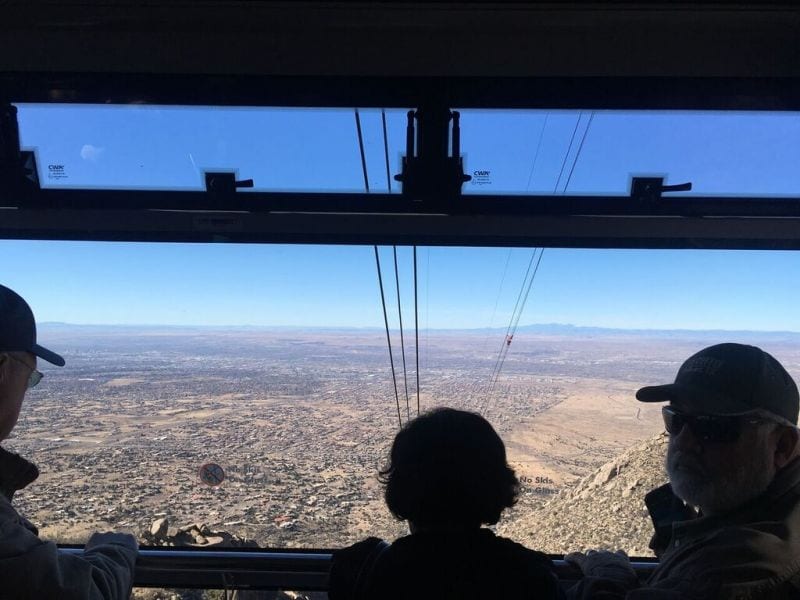
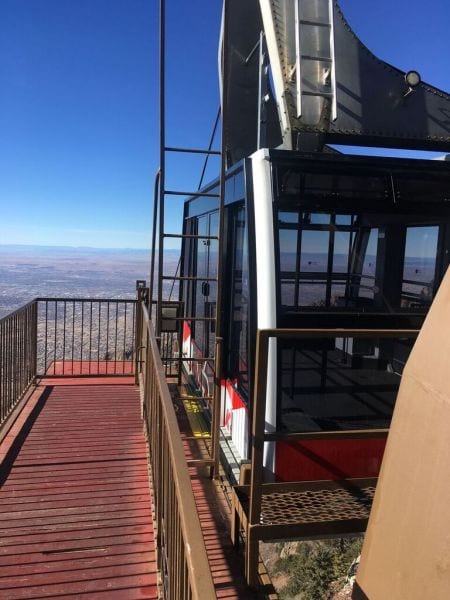
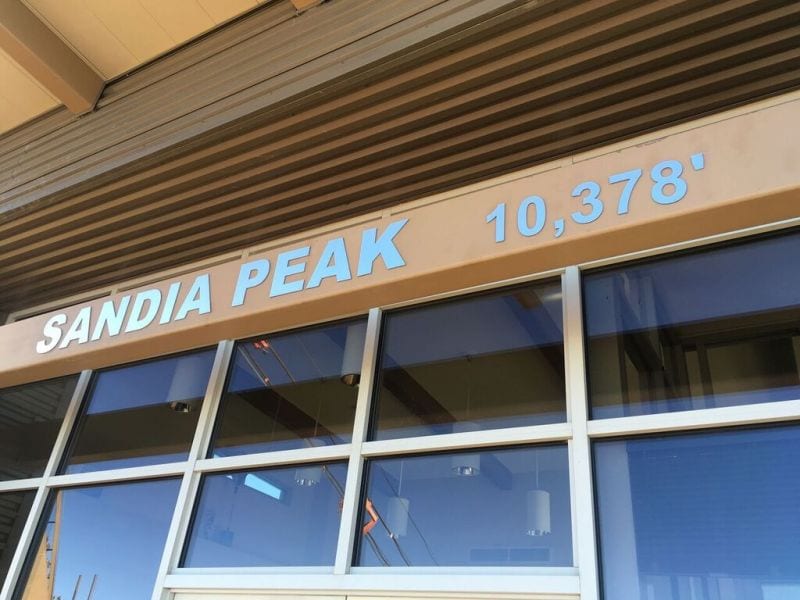
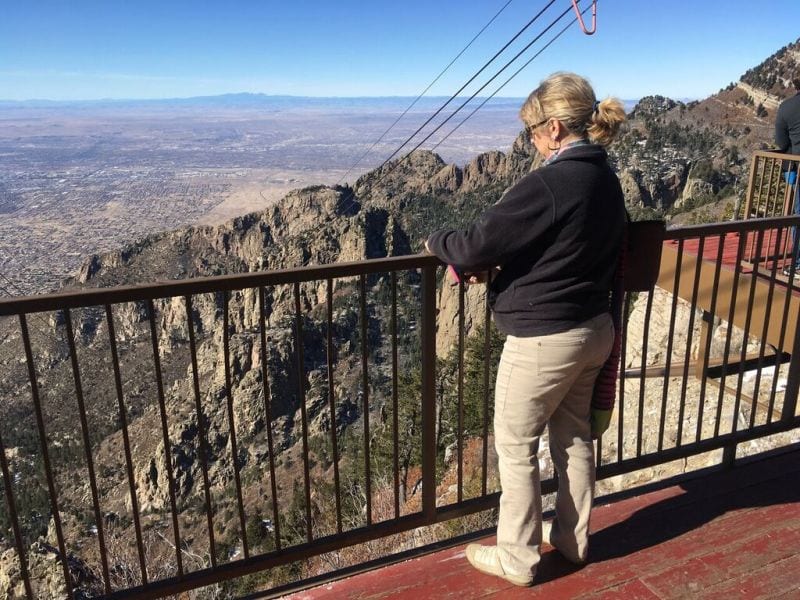
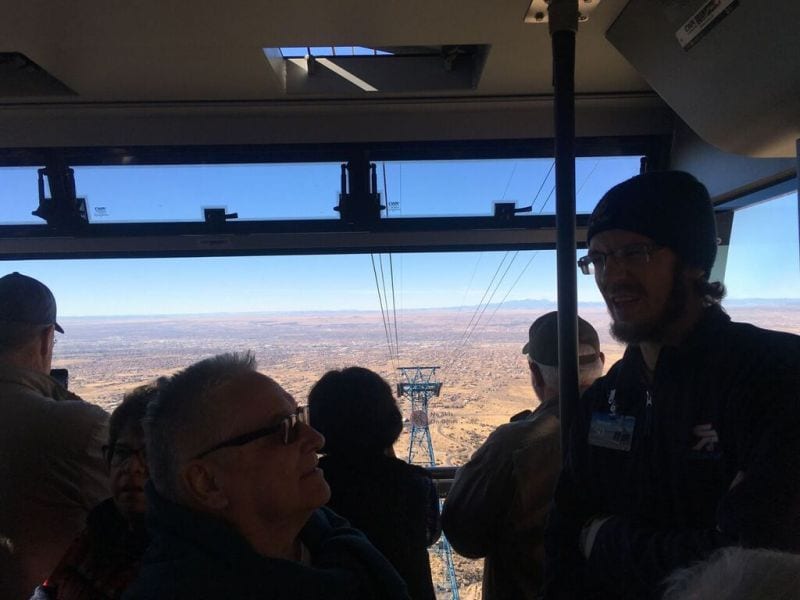
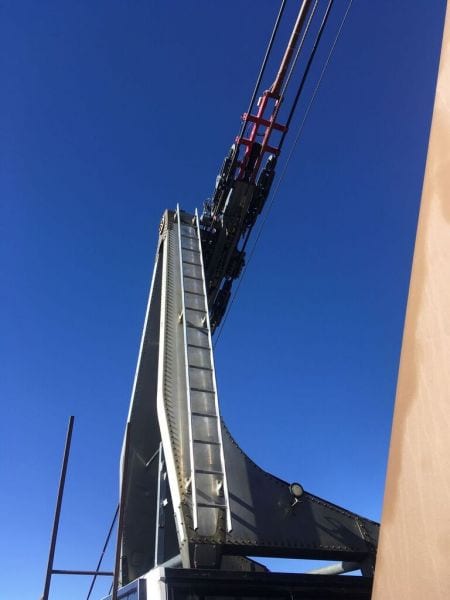
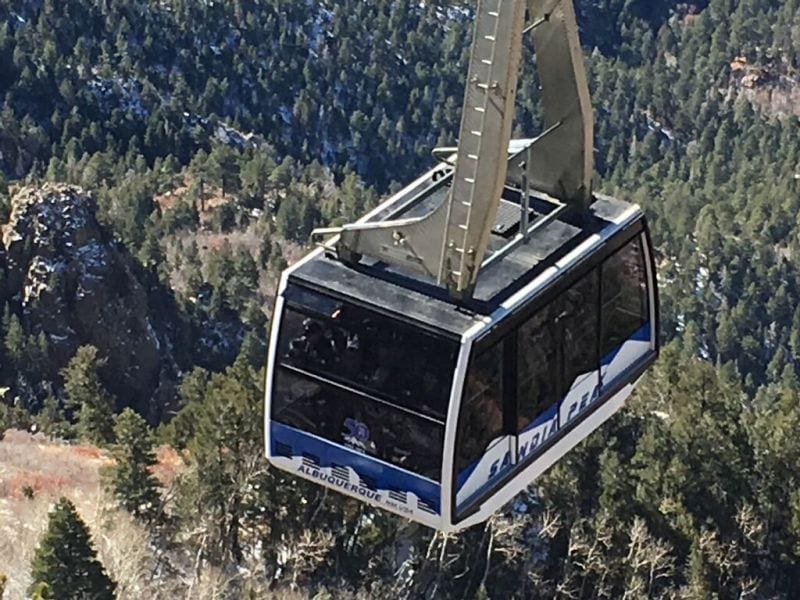
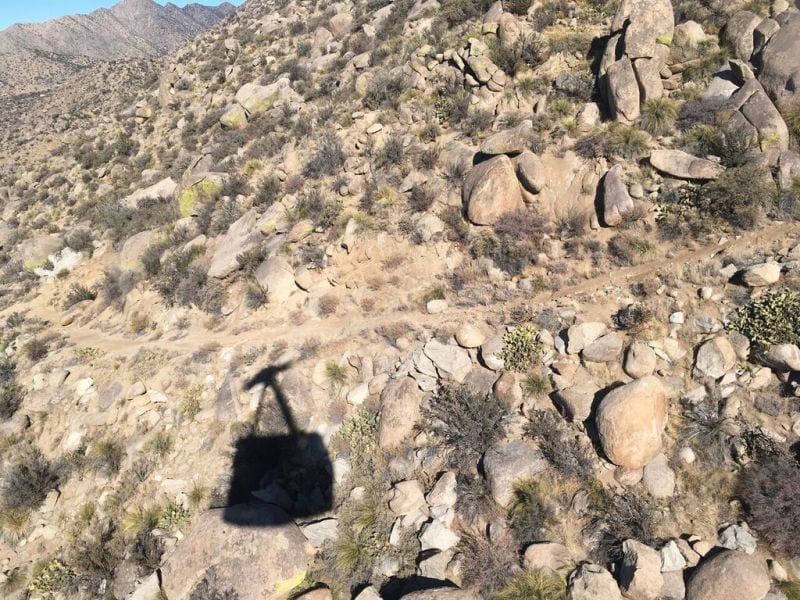
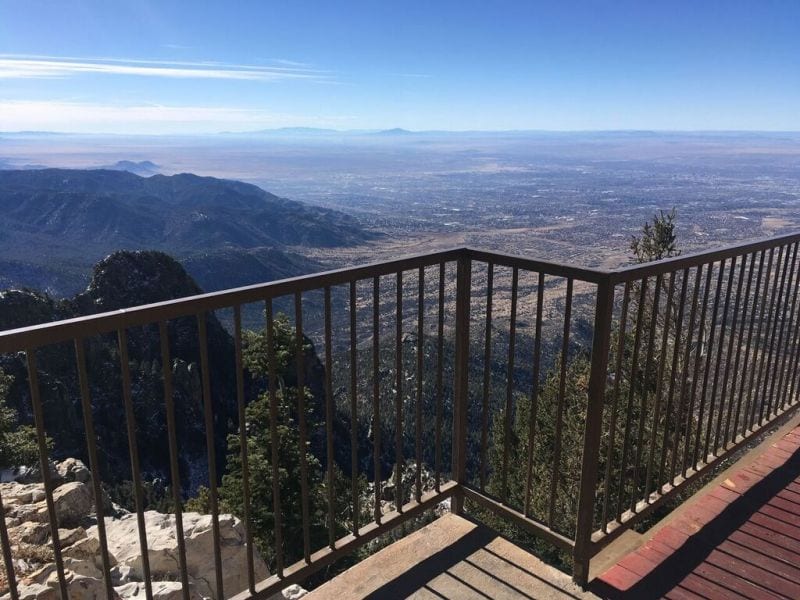
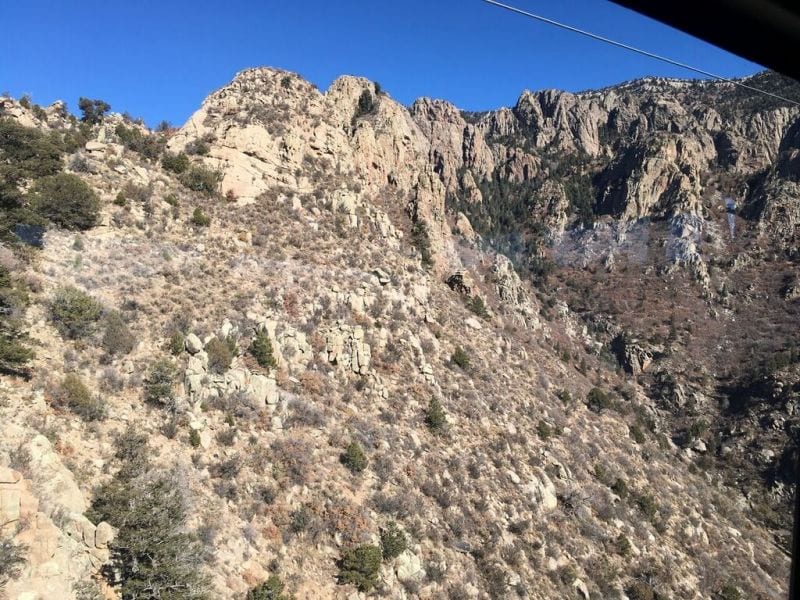


Recent Comments